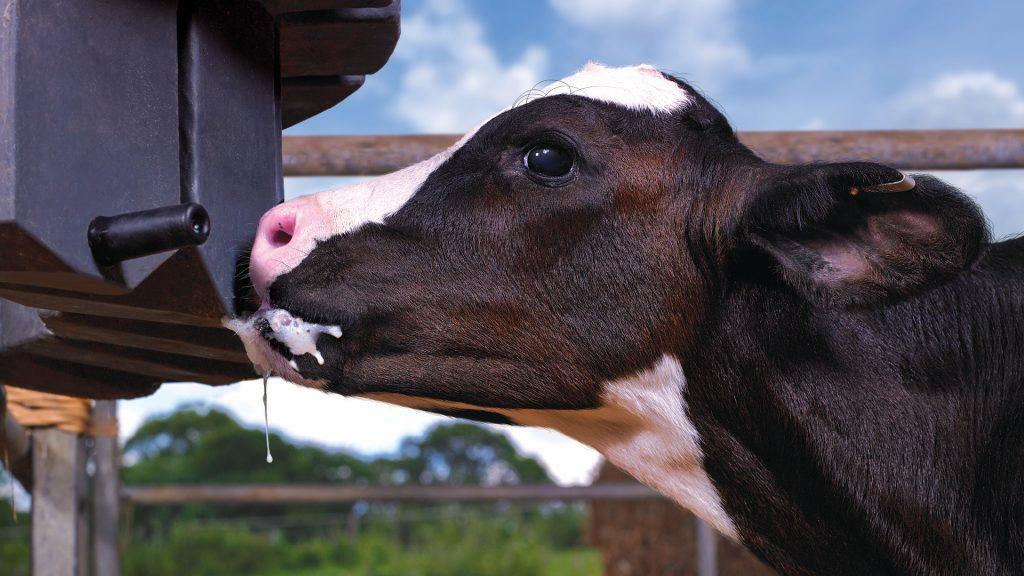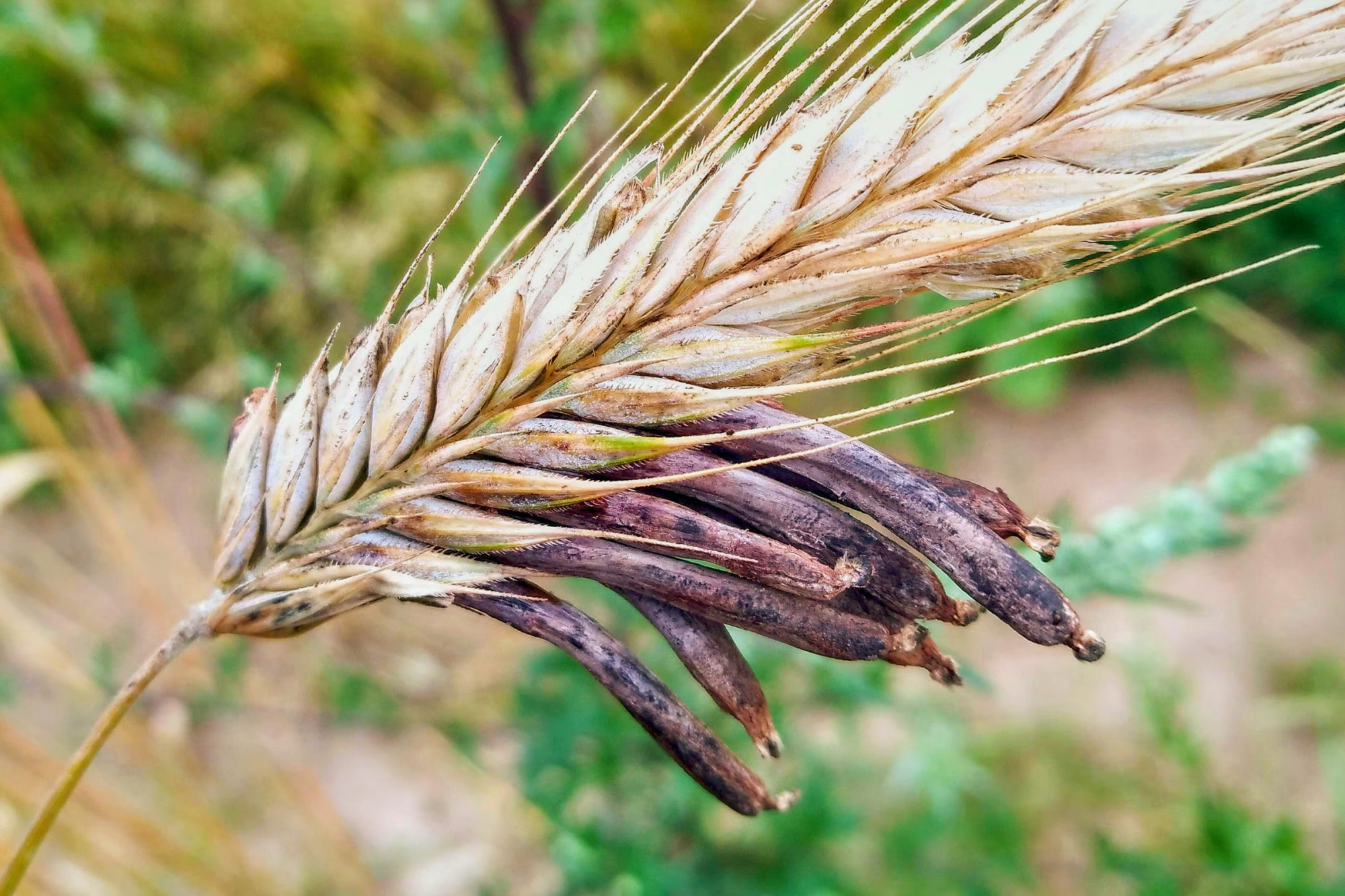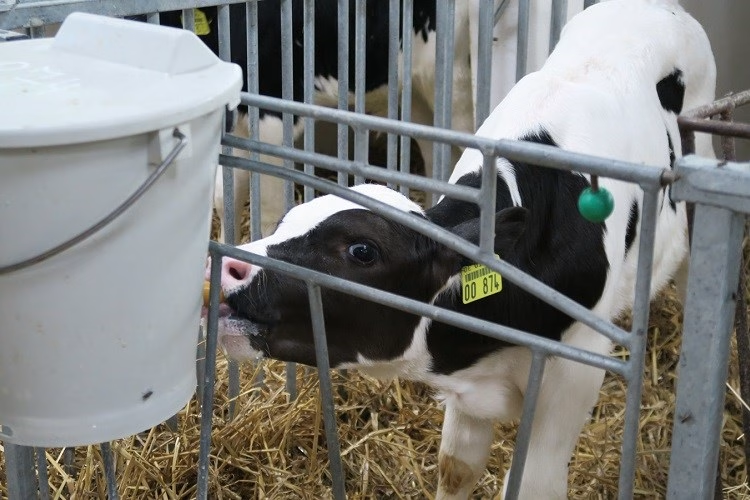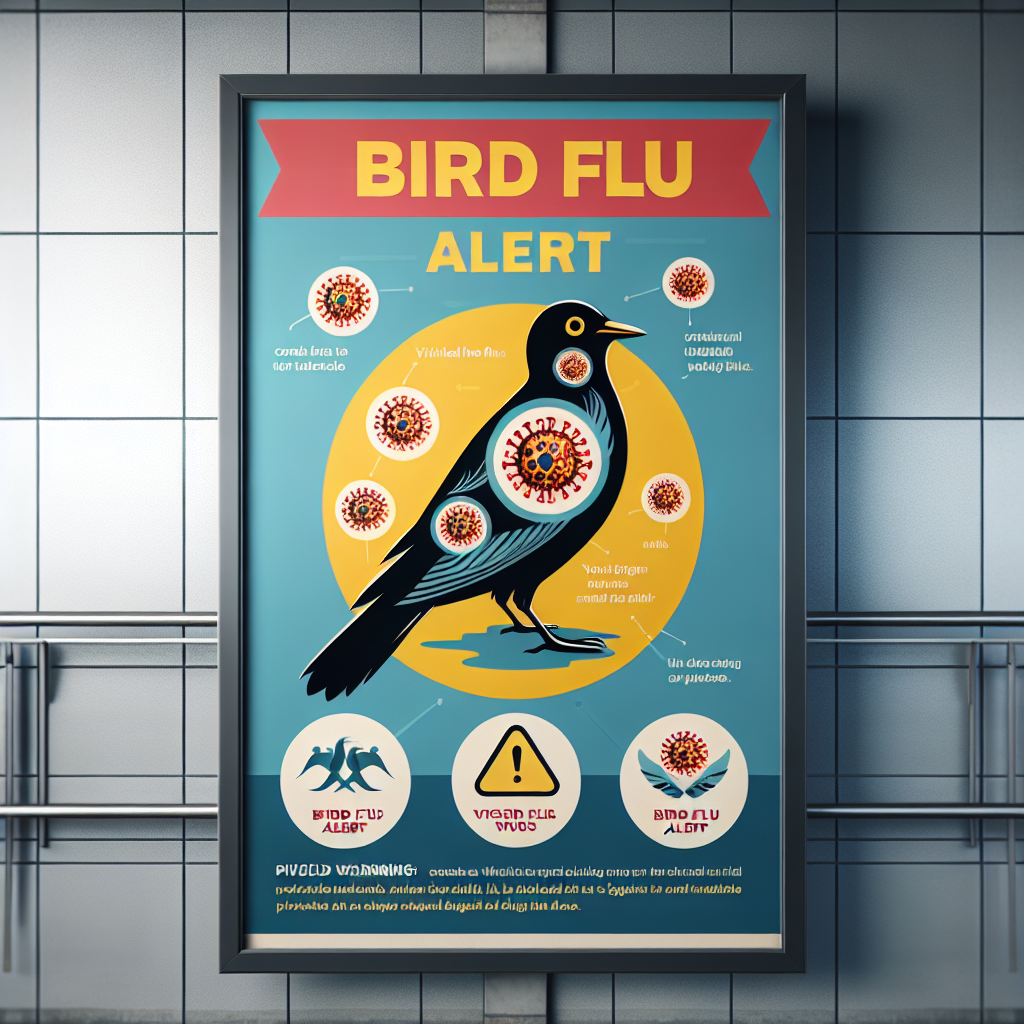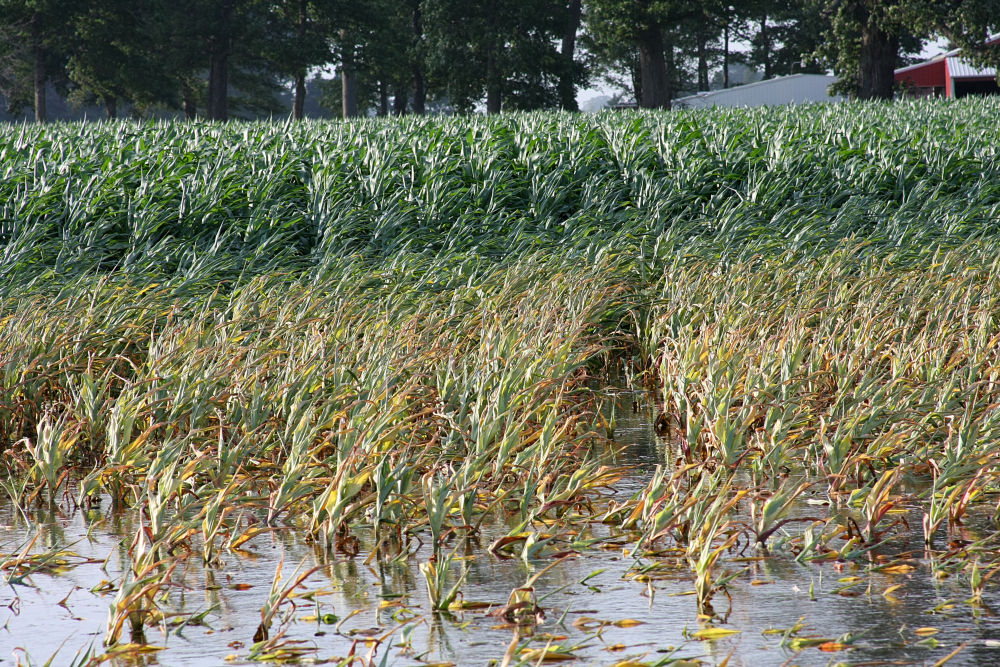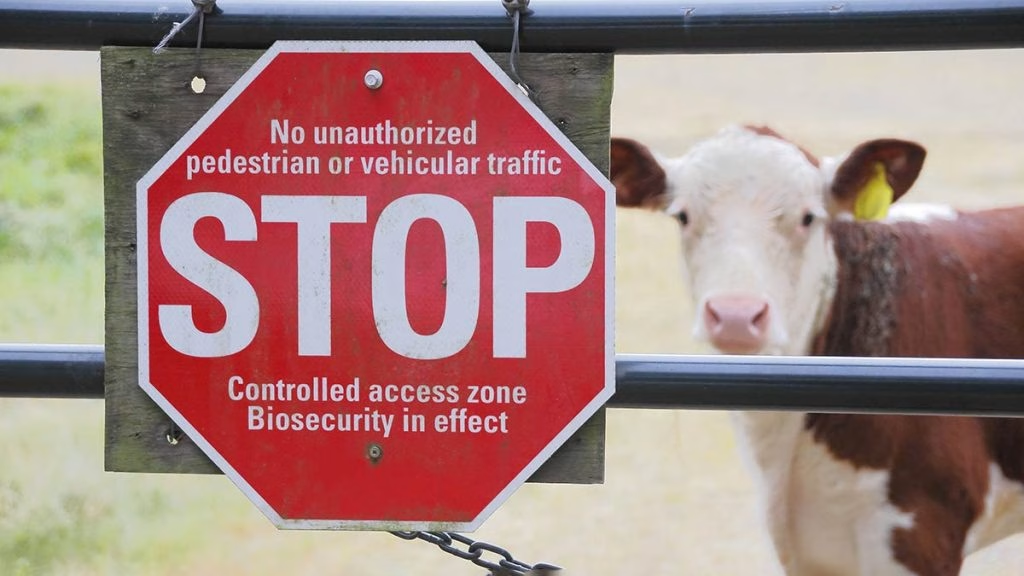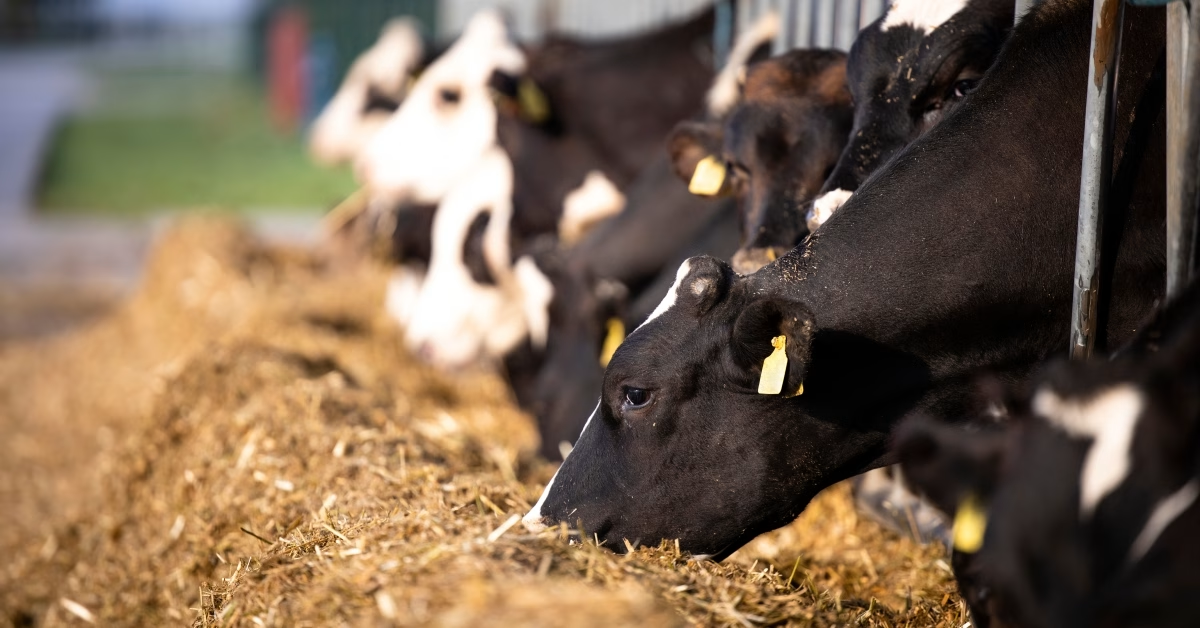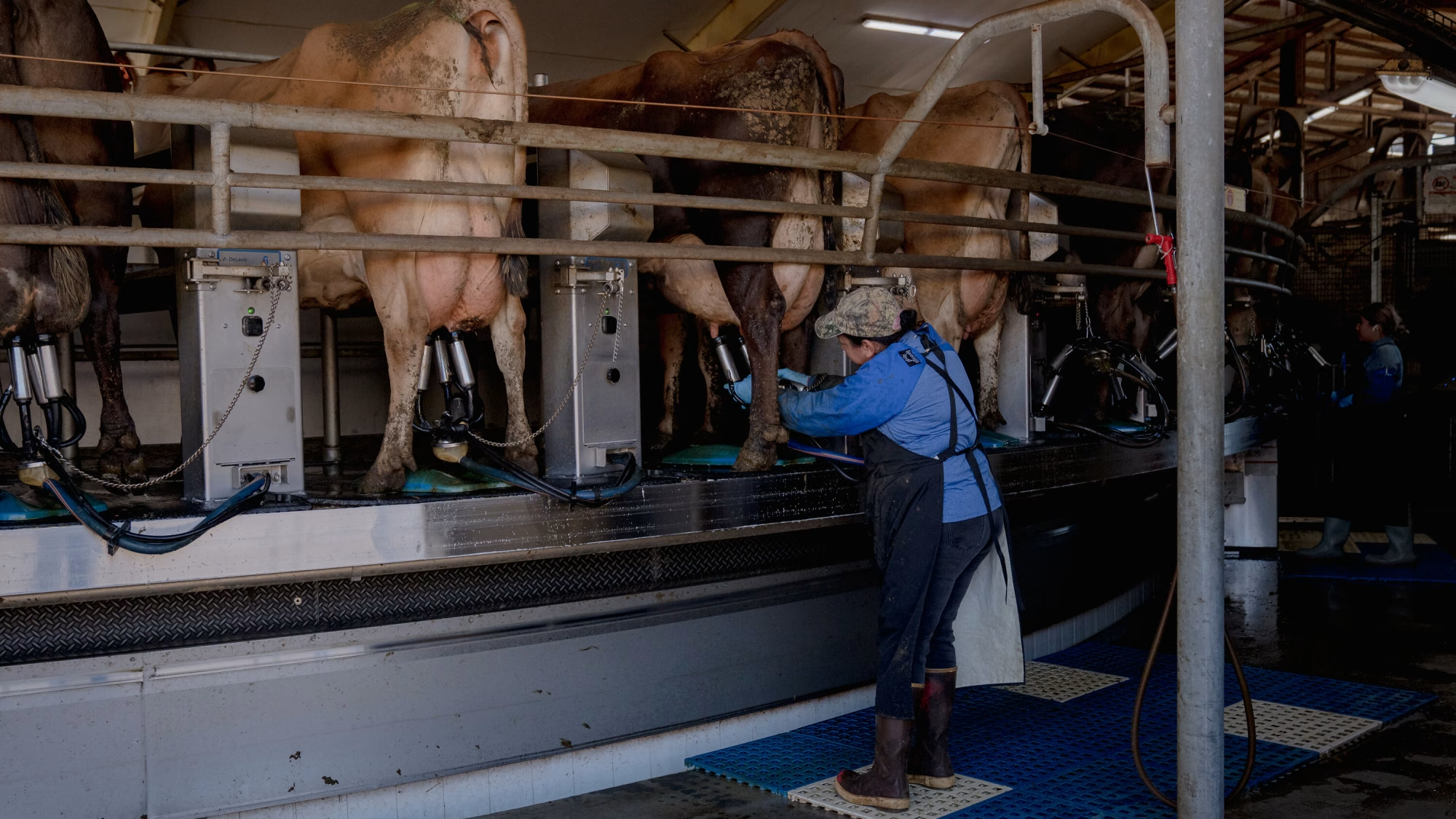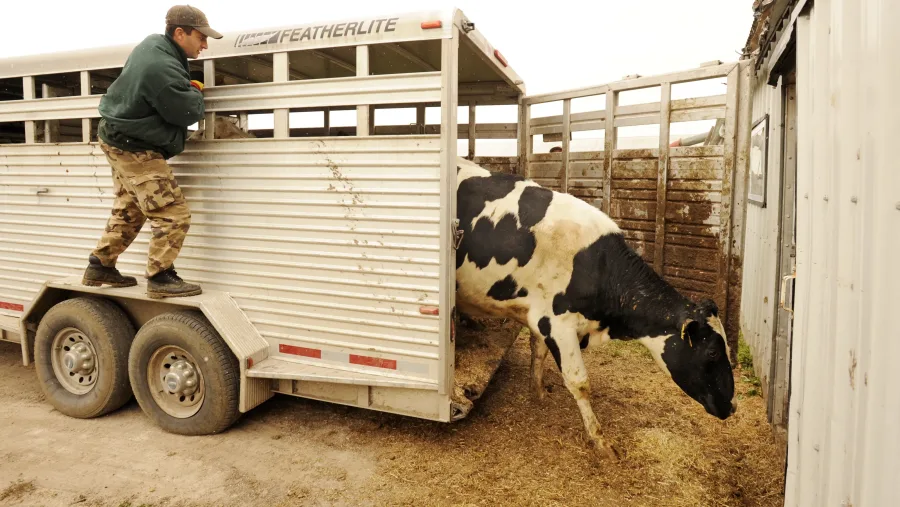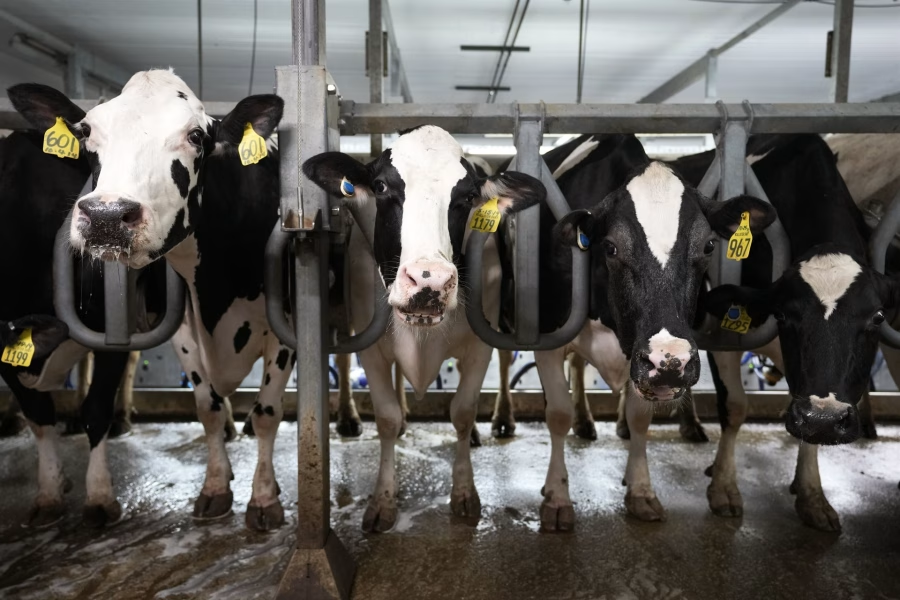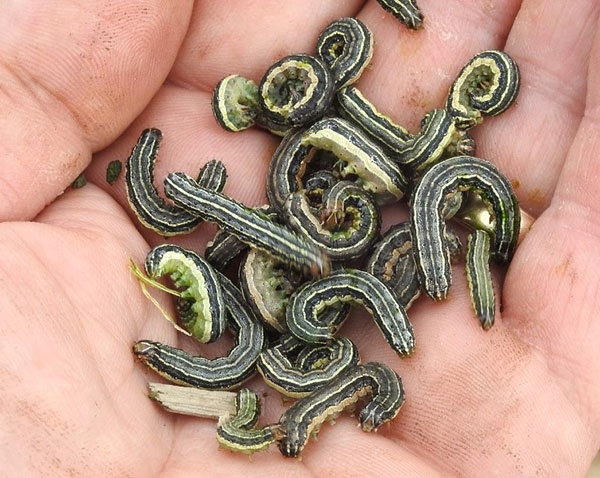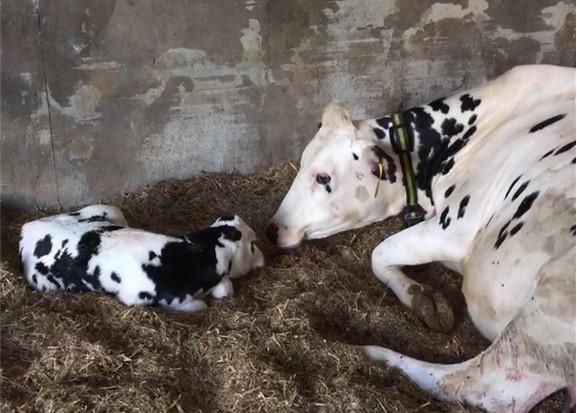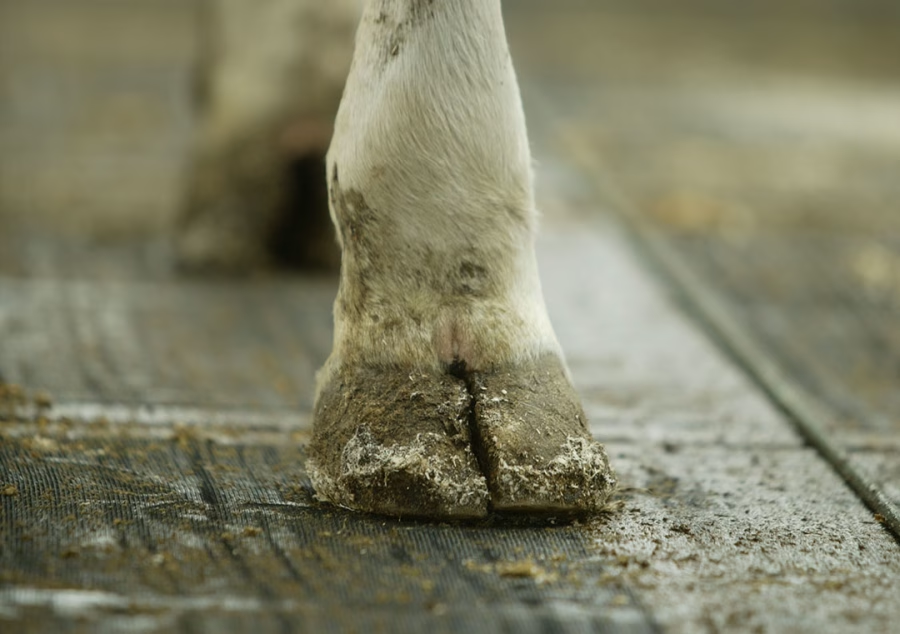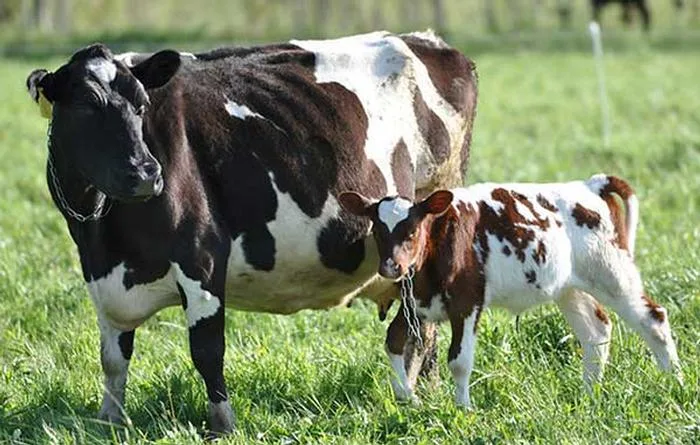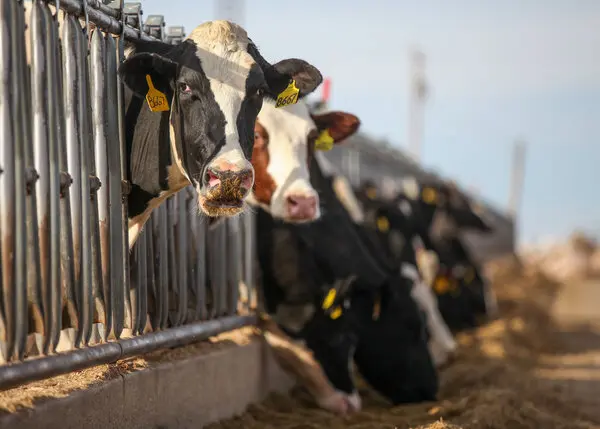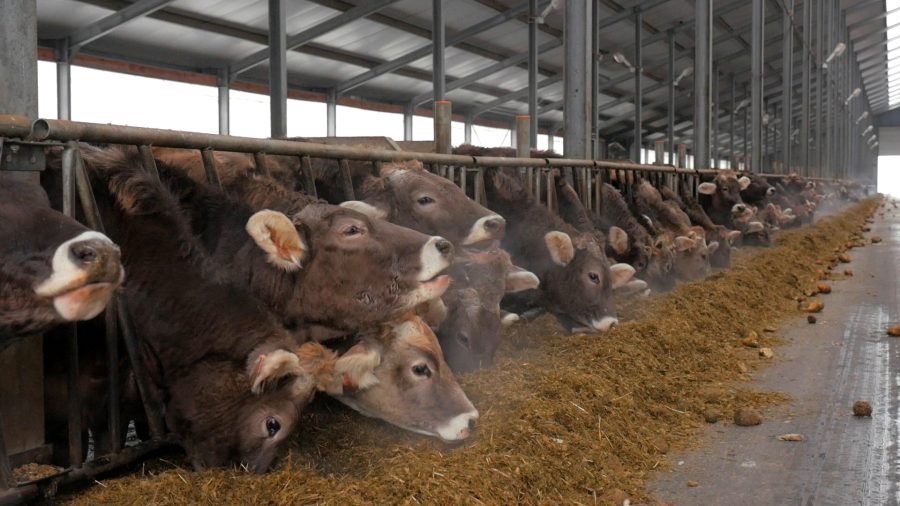Discover how cow personalities can boost your farm’s efficiency. Understanding behavior can transform your management practices. Curious? Read on.
Summary: Have you ever wondered why some of your cows seem more curious while others prefer to stay in the background? Understanding cow personalities can revolutionize the way you manage your herd. Dr. Trevor DeVries, a professor at the University of Guelph, has revealed that cow personalities significantly impact behavior, health, and overall production, such as friendly cows thriving in groups and fearful cows feeding less. By leveraging these traits through better management techniques and technology integration, you can foster healthier, more productive cows and a more efficient farm.
- Leveraging cow personalities can enhance herd management, improving cow welfare and farm efficiency.
- Cows exhibit a range of personalities, including curious, social, and fearful traits.
- Personality traits affect cows’ feeding, social interactions, and coping mechanisms.
- Proper identification and understanding of these traits enable targeted management strategies.
- Utilizing technology to monitor cow behavior helps in tailoring management practices to individual needs.
- Research by Dr. DeVries underscores the link between cow personality traits and their overall productivity and health.
- Implementing personality-based strategies can lead to more productive and less stressful environments for the cows.
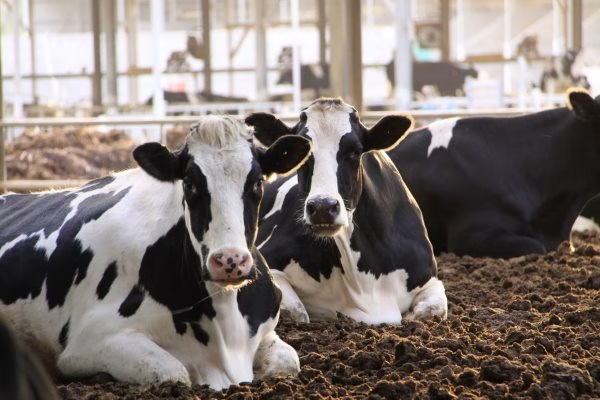
Have you ever considered the impact of cow personalities on your dairy farm? It’s not just a matter of curiosity-recognizing each cow’s distinct characteristics could be a game-changer for your farm management. Cow personality influences their behavior, productivity, and general well-being. By understanding and effectively managing these features, you can improve your herd’s health and happiness and boost your farm’s efficiency and profitability. Dr. Trevor DeVries, PhD, is a professor and Canada Research Chair in the Department of Animal Biosciences at the University of Guelph. His extensive research on cow behavior has provided groundbreaking insights into using personality features for enhanced farm management. “Our goal is to have cows that are more productive, efficient, and in better health,” according to Dr. DeVries. Understanding individual cow attributes can improve feeding methods, customized milking management techniques, and overall herd efficiency and well-being. Intrigued? Let’s explore the fascinating world of cow personalities and how to use these insights to increase your farm’s efficiency and profitability.
On a recent episode of the PDPW – The Dairy Signal podcast, Professor of Animal Biosciences Dr. Trevor DeVries, a leading expert in the field, discussed his team’s extensive research at the University of Guelph. Their research aims to understand the relationship between cow personality and its impact on management, providing valuable insights for dairy farmers and agricultural professionals.
Have You Ever Noticed How Not All Cows Act the Same?
Cows, like humans, have distinct personalities, and these characteristics may substantially impact their behavior, health, and overall production.
Consider this: sure, cows are inherently more interested and exploratory. These adventurous cows may actively visit new grazing locations to adjust to environmental changes swiftly. As a result, they may exhibit superior development because they actively seek food, resulting in improved health and increased milk production.
Cows that are more afraid may pause, indicating a reluctance to investigate. This habit may result in less frequent feeding, lowering nutritional intake and milk output. These cows may suffer more in a competitive eating situation since more dominant cows often push them aside.
Let’s discuss social conduct. Sociable cows may flourish in group situations, seamlessly blending into herds and sustaining harmonious social connections. In contrast, less friendly or aggressive cows may create disturbances, causing stress for themselves and the herd. This stress might harm their health and milk production.
Real-world examples? Think about robotic milking systems. Cows with brave and exploratory attitudes often learn rapidly to these systems, making numerous successful trips. These cows may produce more milk due to their effective milking routines. Meanwhile, timid or scared cows may need more time and training to get habituated, which might initially reduce their production.
Understanding these personality qualities helps us develop better management techniques. For example, providing pleasant human connections early on might help minimize fear. Cows that are less agitated and more comfortable with people and unfamiliar situations are more likely to be healthy and productive in the long term.
Recognizing and catering to the many personalities in your herd may dramatically improve their well-being and your farm’s production. It’s about making the most of each cow’s distinct qualities.
Embrace Technology: Tools to Monitor Your Herd’s Unique Personalities
Farmers may now use various techniques and technology to monitor cow behavior and personality features efficiently. Sensors, software, and mobile apps are built expressly for dairy production.
- Wearable Sensors: Activity monitors, pedometers, and neck collars may monitor a cow’s movement, feeding habits, and even physiological signals like rumination. For example, the Allflex Livestock Monitoring system provides real-time information on each cow’s activity and health state.
- Video Surveillance: High-definition cameras equipped with AI technologies can assess cow behavior patterns. CowManager, for example, uses ear tag sensors and video processing to give insights into cow health and early detection of infections.
- Mobile Apps and Software: Smartbow and AfiClick provide user-friendly interfaces for farmers to get warnings, follow behavioral changes, and make data-driven management choices.
Combining these technologies may help farmers understand and manage their cows’ personalities, improving animal welfare and farm output.
Understanding Cow Personalities
Dr. DeVries has spent years researching dairy cow personalities, examining how these characteristics influence their behavior and output. His study focuses on understanding cows’ distinct behavioral traits and how they affect many areas of farm management.
Combined Arena Test
Dr. DeVries employs a method known as the combined arena test to study these behaviors. This test involves three main stages, each designed to observe and measure specific aspects of cow behavior:
- Novel Environment (NE): The cow is placed alone in an unfamiliar pen for 10 minutes to observe exploration behaviors.
- Novel Object (NO): A unique object, such as a pink bin, is introduced to the pen for 5 minutes to see how the cow interacts with new, inanimate stimuli.
- Novel Human (NH): A person the cow is unfamiliar with enters the pen and stands still for 10 minutes, allowing researchers to gauge the cow’s reaction to strangers.
These stages help researchers score cows on traits like activity, boldness, and sociability. The data collected is then analyzed to identify consistent behavioral patterns.
Key Findings
Dr. DeVries’s research has revealed some critical insights:
- Milk Yield and Behavior: Cows with higher milk yields tend to be less active and exploratory in low-stress environments but can outperform in high-competition settings.
- Feeding Competition: Personality traits, such as fearfulness, greatly influence how cows respond to more crowded feed bunks.
- Robotic Milking Systems: Bold and active cows adapt more quickly and efficiently to robotic milking systems, which is crucial for optimizing these technologies.
- Genetic and Environmental Influences: Both genetics (nature) and early life experiences (nurture) shape cow personalities. Positive human interactions early in life can reduce fearfulness and improve overall cow behavior.
Implications for Farmers
These findings suggest practical applications for dairy farm management:
- Group Housing: Understanding cow personalities can inform better grouping strategies to minimize stress and enhance productivity.
- Feeding Strategies: Tailored feeding strategies can be developed to ensure even the more fearful or less dominant cows meet their nutritional needs.
- Technology Integration: Knowing which cows adapt best to technologies like robotic milkers can help train and manage newer systems.
- Breeding Decisions: Selective breeding based on personality traits could lead to a more manageable and productive herd over time.
Dr. DeVries’ study provides dairy producers with significant insights into how cow personalities influence farm operations, opening the way for more efficient and welfare-focused management approaches.
Recognizing Cow Personalities: The Game-Changer for Your Farm
Here’s how to use this knowledge to improve grouping, feeding tactics, and general management.
Grouping Cows Effectively
When classifying cows, consider their personality features. For example, more timid cows may benefit from being paired with more calm animals to avoid stress and hostile interactions. In contrast, brave or dominant cows may be grouped because they adapt better in competitive circumstances.
The research found that cows with diverse behavioral features, such as being more explorative or daring, often behave differently in comparable circumstances. This implies that you tailor the environment for each group depending on their behavior, improving overall well-being and productivity.
Optimized Feeding Strategies
Understanding various personality types might help you adopt more successful feeding practices. Automated milking systems may help daring and explorative cows by providing tailored feeding regimens and ensuring enough nutrition.
Robotic milking systems provide a realistic example. Research has revealed that less scared cows are more likely to use automated feeders successfully, resulting in higher milk output. Feeding practices tailored to the cows’ personalities may increase production and health.
Improving Overall Management
Understanding cow personalities might be helpful in everyday management responsibilities. For example, suppose you see a cow’s aggressive or shy behavior. In that case, you may adjust your handling skills to alleviate stress and promote collaboration during milking or veterinary treatment duties.
Positive human interactions beginning at a young age help produce happier and less scared cows. Practical applications include spending extra time with calves and ensuring they get frequent, good human interaction to foster trust and lessen fear in maturity.
Finally, recognizing and applying cow personality features may result in a more peaceful herd and higher farm output. Embracing this strategy helps the cows streamline management processes, resulting in a win-win scenario for farmers and animals.
Challenges in Implementing Cow Personality Insights
One of the main challenges is appropriately identifying each cow’s individuality. While tests such as the combined arena test provide some data, they demand money and time that farmers may not have. Furthermore, the changing dynamics of a herd might need to be clarified for these estimates.
Another aspect is the balance between nature and nurture. Cow personalities are shaped by the interaction of genetic inheritance (nature) and early-life experiences or environmental effects. Cows may inherit features from their parents, but how they are nurtured, and the situations they face may drastically alter these qualities. For example, calves with more human contact early in infancy are less apprehensive and more straightforward to handle.
Despite advances in understanding cow behavior, current studies remain limited. Much research is based on limited sample numbers or controlled situations, which may only partially apply to different farm settings. Furthermore, how these personality qualities could alter over time or under different farm situations is still being determined. As a result, more intensive, long-term research is required to properly understand how these variables interact and create practical applications for dairy producers.
More studies are required to improve these technologies, making them more accessible and valuable in daily agricultural operations. Expanding research to cover additional breeds, more significant sample numbers, and other farming procedures will offer a more complete picture of cow personalities and management.
The Bottom Line
Understanding that each cow has a distinct personality is more than an intriguing discovery; it’s a game changer in dairy production. Recognizing and classifying cows based on their behavior, improving feeding tactics, and customizing overall management approaches may lead to more excellent production, animal welfare, and a more efficient farm.
Implementing ideas from the cow personality study may provide significant advantages. For example, more curious and daring cows may produce more milk and quickly adapt to new technologies such as milking robots. In contrast, recognizing which cows are more afraid or less active might assist in adjusting management tactics to reduce stress and enhance overall herd health.
So, what is the takeaway? The future of dairy farming is more than simply better technology and feed; it’s also about individualized cow management. Paying attention to your cows’ distinct characteristics might result in increased output and happier animals. It’s a developing field, but the prospective advantages are worth the effort.







